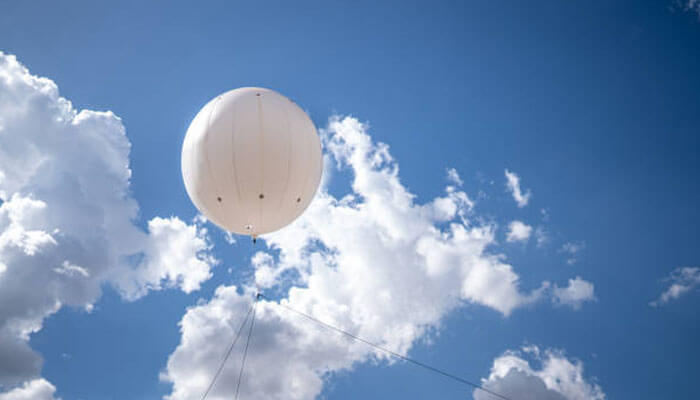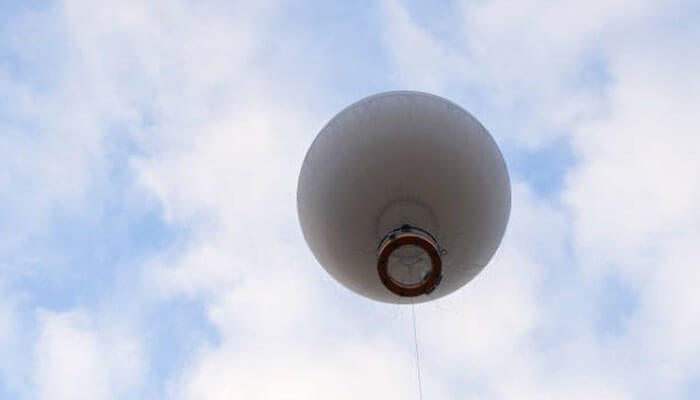A balloon that was released from the Sanriku Balloon Centre (SBC) in northern Japan beat every relative height mark ever established by humans in May 2002.
The 1901 balloon trip, which reached a height of 10.8 km (35,433 ft), and helped find the stratosphere, swiftly surpassed the height attained by the first operational balloon ascent in 1783. It effortlessly surpassed every elevation record ever achieved by any type of aircraft, including helicopters, jets, and propeller-driven aircraft.
The balloon even broke the previous record set by former Google employee Alan Eustace in 2014, who rode a balloon to a height of 135,899 feet (41.4 kilometers), stepped out of the capsule, and then made a skydive to Earth.
It proceeded to rise, passing past the stratosphere’s top reaches and into the mesosphere, which is the coldest region of the atmosphere. Here, temperatures can fall as low as -143C (-225F), which is the coldest point ever measured on Earth’s surface.
At its highest point, the balloon was 53 kilometers (173,900 feet) above the ground. Only items fired from cannons or launched by rockets have reached higher altitudes. Instead of aircraft, balloons have sent people and their scientific equipment the closest to the edge of space.
These ostensibly straightforward aeronautical gadgets have the ability to transport apparatus and instruments farther and for a longer period of time than any other aircraft.
BBC Future examines why balloons are frequently the go-to choice of researchers, internet providers, meteorologists, and possibly government intelligence services in the days following the downing of an accused Chinese surveillance balloon as it floated at nearly 18 km (60,000 ft) just above U. S.
Most people don’t have a better concept than Russ Van Der Werff of US high-altitude balloons manufacturer Raven Aerostar. Engineer Van Der Werff, who serves as the company’s vice-president of stratospheric technologies, is in charge of the group creating balloons that will be used kilometres above the range of aeroplanes. The balloons for Google’s emergency internet project Loon were created by Raven Aerostar, a company with experience in both the aerospace and military industries. (Learn more about how Google’s balloons’ designers were taken aback.)
The Raven Aerostar has released more than 3,000 balloons over the past ten years, and during that time it has improved its balloon construction process. “We’ve worked with several plastic formulas.
Additionally, we now use a few proprietary tools that are a lot more effective than what we did ten years ago. Another issue is that we’ve gone through a number of iterations in a specific procedure to join or fuse the plastic altogether.
The balloons soar higher and remain in the air longer thanks to these advances. Just to give us an idea, we have completed missions with a single balloon that lasted longer than 150 days using Thunderhead, our commercially available product portfolio.



